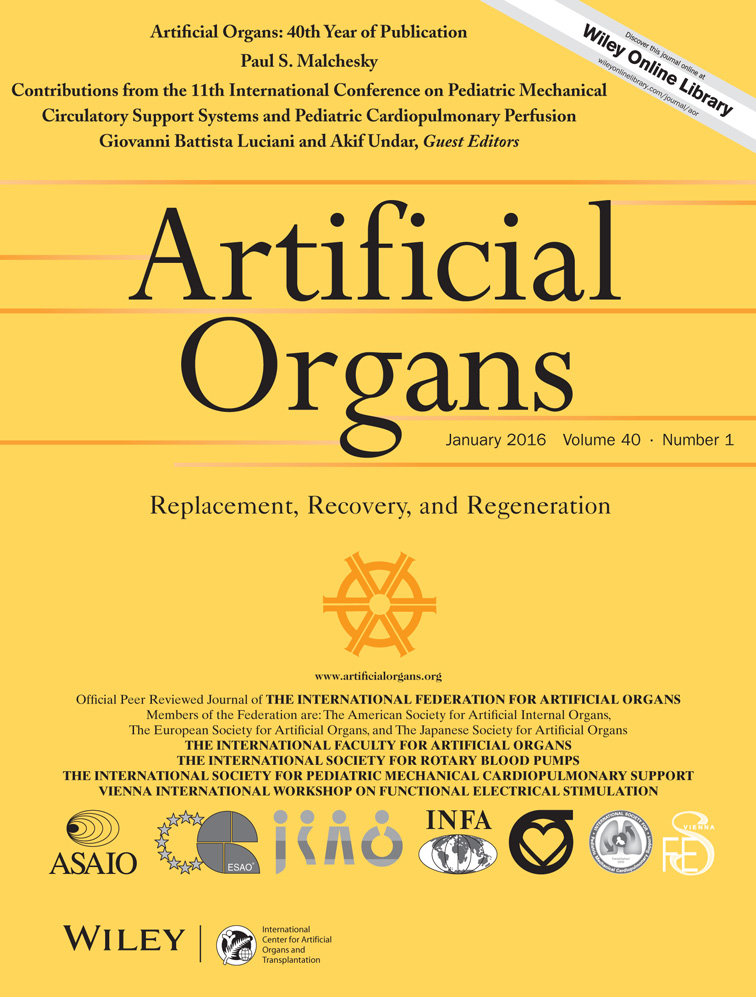Extracorporeal Life Support Bridge to Ventricular Assist Device: The Double Bridge Strategy
Abstract
In patients requiring left ventricular assist device (LVAD) support, it can be difficult to ascertain suitability for long-term mechanical support with LVAD and eventual transplantation. LVAD implantation in a shocked patient is associated with increased morbidity and mortality. Interest is growing in the utilization of extracorporeal life support (ECLS) as a bridge-to-bridge support for these critically unwell patients. Here, we reviewed our experience with ECLS double bridging. We hypothesized that ECLS double bridging would stabilize end-organ dysfunction and reduce ventricular assist device (VAD) implant perioperative mortality. We conducted a retrospective review of prospectively collected data for 58 consecutive patients implanted with a continuous-flow LVAD between January 2010 and December 2013 at The Alfred Hospital, Melbourne, Victoria, Australia. Twenty-three patients required ECLS support pre-LVAD while 35 patients underwent LVAD implantation without an ECLS bridge. Preoperative morbidity in the ECLS bridge group was reflected by increased postoperative intensive care duration, blood loss, blood product use, and postoperative renal failure, but without negative impact upon survival when compared with the no ECLS group. ECLS stabilization improved end-organ function pre-VAD implant with significant improvements in hepatic and renal dysfunction. This series demonstrates that the use of ECLS bridge to VAD stabilizes end-organ dysfunction and reduces VAD implant perioperative mortality from that traditionally reported in these “crash and burn” patients.




